We greatly hope that you completely enjoy reading this article about 3 Intriguing European Islands as much as we enjoyed compiling it for you. These sites will each amaze and enthrall you with their incredible natural beauty, though it takes different forms.
Obviously, though, these three form only a very small percentage of the natural wonders to be found in this region of the world. We do, however, feel that these choices serve as good examples of the wonders so prevalent here. So, sit back, and enjoy the experience!
Isle of Skye
Isle of Skye Facts
- Leading off this compilation of 3 Intriguing European Islands comes the magnificent site known to the world at large as the Isle of Skye.
- The termfor the site serves as the name of a member of the Inner Hebrides. This grouping itself contains a surprising number of islands and islets of various sizes. More precisely, this archipelago consists of 35 inhabited islands and 44 uninhabited ones.
- In point of fact, this particular member of the collection of islands stands out for a total of two reasons. Firstly, this stunning site represents the northernmost of them all. Secondly, it’s also the largest of all the islands comprising this remarkable grouping.
- The first known written reference to the breathtaking Isle of Skye was penned around the year 700 AD. This action took place at the hand of an unknown cleric. The mention itself appeared in the Roman publication, the Ravenna Cosmography.
- Quite unfortunately, its permanent population is currently in decline. At the moment, only around 10,000 individuals live on the island. That reduced number represents a significant decrease from approximately 20,000 residents, as of the early 19th century.
- Not surprisingly, given its location, geography, and climate, its principal industries come as no surprise. More specifically, these consist of fishing, forestry, agriculture, and, of course, tourism. Finally, several feature films have filmed on the island.
Isle of Skye Physical Description
It must be pointed out that the gorgeous Isle of Skye has an extremely irregular shape. Its overall dimensions remain relatively impressive, however. Among these is the fact that this marvel of Nature has a total area equaling roughly 639 sq mi (1,656 sq km).
The coastline of the majestically beautiful island further has a truly astounding appearance. That’s due to the fact that a great majority of the entire outline consists of countless peninsulas. Scattered in among these also lies a multitude of beautiful bays.
Roughly in the center of the marvelous Isle of Skye sits yet another impressive feature. That’s the magnificent Cuillin Hills. These form a range of extremely rocky mountains that dominate the surrounding landscape. These further have a distinctive composition.
To be more precise, this part of the landscape consists largely of gabbro and basalt. That’s a unique combination of igneous rock. It qualifies as unique because of its dual nature. When dry, the gabbro allows for an excellent grip. But the basalt, when wet, becomes quite slippery.
Isle of Skye Location, History, and Ecology
To those who discover it firsthand, the location of the magnificent Isle of Skye just seems to make sense. That’s true since this incredible location formed in a part of the world that is itself already well known for both its great natural beauty, and an air of mystery.
Indeed, this wonderful creation of geological processes plays its own role in this ancient mystique. To be more precise, this magical site, along with its companion islands, sits just off the western coast of the small but naturally stunning country of Scotland, part of Europe.
Discoveries indicate that this island has a long history of habitation. In point of fact, it would seem that ancient man knew of and lived on the island perhaps as much as 15,000 years ago. In modern history, its inhabitants included Roman, Norse, and Scottish populations.
The remarkable Isle of Skye does not quite have the biodiversity of the rest of Europe. Nonetheless, it does boast a highly respectable and thriving ecosystem. Of course, this is assisted by the fact that its overall climate remains mild, although somewhat wet and windy.
Its many species of fauna include such land dwelling creatures as red deer and the golden eagle. Its surrounding waters also teem with an abundance of Atlantic Salmon. The flora of the location consists of various species, with several types of heather predominating.
Madeira
Madeira Facts
- Next up among our choices for inclusion in this article about 3 Intriguing European Islands comes the mind-blowing jewel of Nature known as Madeira.
- Perhaps most notably, the term for it serves as the name of both a breathtakingly beautiful island and archipelago with a unique distinction. That’s because it lies near one continent, but forms part of a country on an entirely different continent.
- This has the effect of making this marvel of geology an autonomous region of that country. That isn’t its only claime to fame, however. That’s due to the fact that the magnificent location also holds a special distinction in several historical terms.
- For starters, it’s believed to be the location mentioned by the Greek philosopher Plutarch, in 75 AD. Recent, and still ongoing, archaeological evidence also indicates that ancient Vikings visited the site, perhaps several times, between 900 and 1030 AD.
- In more recent times, Europeans first discovered the visually stunning Madeira in the year 1418. That holds true for the entire archipelago. This occurred when two ship captains in service to Prince Henry the Navigator were blown off course during a storm.
- Subsequently, the understandble influx of people quickly began to arrive. The first European settlers further arrived some time between the years 1420 and 1425. Currently, the magnificent site of Madeira constitutes an extremely popular tourist destination.
- In point of fact, more than 1.4 million visitors journey to the archipelago ever year. That represents a staggering number. Due to its extraordinary beauty, though, portions of the archipelago also now hold the designation of a UNESCO World Heritage Site.
Madeira Physical Description
The sincerely breathtakingly beautiful site named Madeira is renowned for its natural beauty. In fact, it quite easily holds its own when compared to the rest of the formation. That’s because it forms the largest island of the awesome archipelago bearing the same name.
This truly magnificent marvel of Nature also possesses a total geographical area measuring approximately 286 sq mi (740.7 sq km). This single, visually magnficent, island actually comprises more than 75% of the total area of the entire amazing archipelago.
Given the geographical location of this marvelous work of Nature, though, the origins of the archipelago should come as no great surprise. That’s due to the amazing fact that the remarkable island actually represents the uppermost portion of an ancient shield volcano.
The massive formation of Madeira itself further boasts a stuning measurement. To be precise, it rises a phenomenal total of 3.7 mi (6 km) from the floor of the surrounding ocean. The volcano, and therefore the island, further formed about 5 million years ago.
Madeira Location, Geography, and Ecology
The gorgeous island named Madeira, along with the archipelago sharing the same name, formed in the area known as Macaronesia. This term applies to a loose grouping of four separate archipelagos located in the northern portion of the Atlantic Ocean.
More specifically, however, it lies off the coasts of both Europe and Africa. Officially, it forms part of the Portuguese Republic. There, this incredible site has amazing geographical features. The island itself also boasts an impressive 90 mi (150 km) of coastline.
Secondly, it also has a mountain range that runs through the center of the island. The highest points of this impressive range measures 6,109 ft (1,862 m). Lastly, however, it remains best known for its mind-boggling valleys, ravines, and coral reefs, and sea caves.
The magnificent Madeira also has a remarkably complex climate. That’s because, in fact, it has several microclimates, due to the variations in altitude. The only native fauna consists of a species of bat. Numerous animal species, however, have been introduced.
Yet its world-renowned natural beauty doesn’t merely end there, though. That holds true due to the fact that multiple plant species also appear on the island. These naturally occurring flora mainly consist of a moderately wide variety of ferns, cacti, vines, and shrubs.
Stromboli
Stromboli Facts
- Closing out this compendium of 3 Intriguing European Islands is the combination of beauty and danger that bears the simple name of Stromboli.
- Perhaps most importantly, the simple term for it names a small island located in the Tyrrhenian Sea. It also fails to do justice to the awesomeness of the site. This surprisingly impressive island sits just off the northern coast of Sicily, in Europe.
- The relatively small, but still quite impressive island, actually contains one of the three active volcanoes in Italy. The site also forms one of the eight islands comprising the Aeolian Islands. This also represents an active volcanic arc north of Sicily.
- The name of the remarkable small island further derives from Ancient Greek. In that language it means swollen form. Regardless of the term one uses, in any language, it remains an incredible location. Presently, though, this location has very few inhabitants.
- That’s because the island’s current population actually numbers fewer than 850 individuals. The volcano has also erupted with moderate violence numerous times in the past. It continues to be constantly active with minor eruptions even today, however.
- Yet another aspect of the site amazes those individuals fortunate enough to be able to visit it. That’s because, to the continued amazement of those who appreciate the power of Nature, this activity often appears visible from many points on Stromboli.
- These realtively minor eruptions also often appear within the surrounding sea. It’s tendency to be in a nearly constantly active state gave rise to a nickname for the island. Due to this, the location’s often referred to as the Lighthouse of the Mediterranean.
Stromboli Eruptions
Fortunately for those who live in the region, large eruptions of the volcano of Stromboli have been comparatively rare in modern times. More precisely, the last major eruption of the volcano occurred on 13 April 2009. Neveretheless, the site’s by no means extinct.
This fabulous creation of geological processes and time additionally impresses due to its sheer size, as well. The volcano itself stands 3,034 ft (926 m) above sea level. Below the waves, though, the base itself rises roughly 8,860 ft (2,700 m) above the ocean floor.
The magnficent site, easily among the best known in the region, also boasts yet another quite impressive statistic. That holds true because of the fact that a total of three active craters sit at the peak. This distinguishes it from the great majority of kown volcanoes.
Yet another significant geological feature of the island exists, however. This particular natural formation bears the name of Sciara del Fuoco. This term names a large horseshoe-shaped depression. Evidence further indicates it formed over the past 13,000 years.
This physical feature of Stromboli, however, formed due to a series of powerful natural events. That’s because several collapses occurred on the northwestern side of the cone of the mountain. About 1.2 mi (2 km) to the northeast lies the remnant of the original volcano.
Stromboli Activity Patterns
This awe-inspiring location isn’t content to rest on its laurels, though. In fact, it also holds yet another fascination for scientists. That’s becasue, to the continued amazement of researchers, Stromboli has been in almost continuous eruption for the past 2,000 years.
The eruptions in the summit craters have additionally maintained a surprisingly regular pattern of activity. These activity patterns include mild to moderate eruptions of incandescent volcanic bombs. Nevertheless, the time between events is also incredible.
That’s because the intervals between these eruptive events range from every few minutes to every few hours. Eruptions from the craters at the summit typically result in a few short bursts. They also remain energetic in nature. Yet the impressiveness doesn’t end there.
This holds true due to the fact that eruptions also average an astounding height. In point of fact, these reach heights averaging nearly 650 ft (200 m). These further generally include varying combinations of ash, incandescent lava fragments, and blocks of stone.
Visiting Stromboli remains highly exciting, yet potentially dangerous. Unfortunately for the interested viewer, its activity type remains almost exclusively explosive. Comparatively slower and less dangerous lava flows do occur periodically when volcanic activity is high.
3 Intriguing European Islands
We sincerely hope that you have thoroughly enjoyed reading this article about 3 Intriguing European Islands. It’s our further hope that doings so has both increased your knowledge of our beautiful world, but also instilled in you a hunger to know more.
Lamentably, though, many of the natural formations around the globe, like these, find themselves in a precarious situation. Human activities often degrade their situation. It’s up to each of us to take steps to ensure they remain as they are for our posterity.
Check out our other articles on 7 Stunning United States Mammals, 4 Scintillatingly Shaded Snakes, The Mighty Tornado, Earth’s Many Magnificent Marsupials
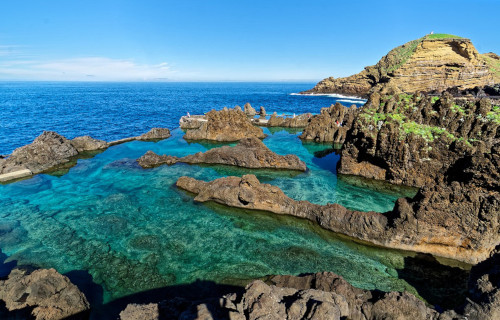
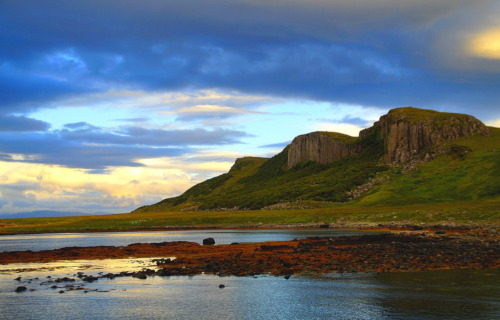
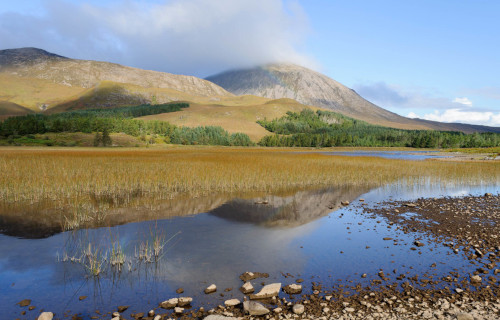
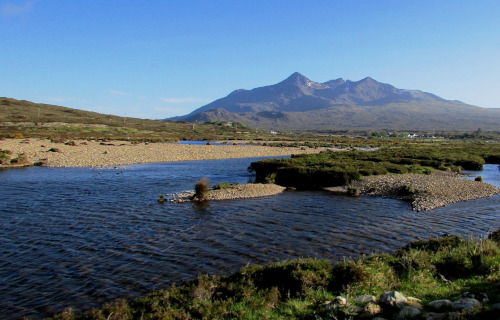

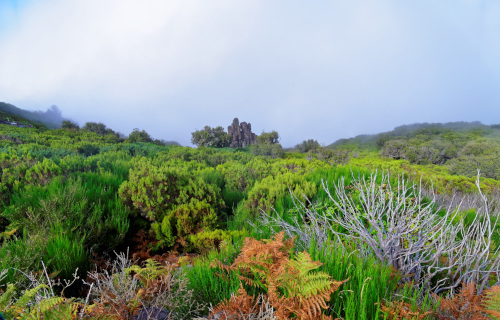
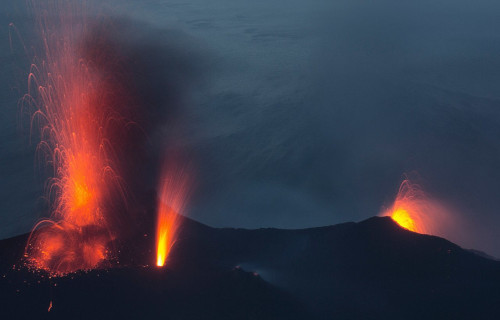
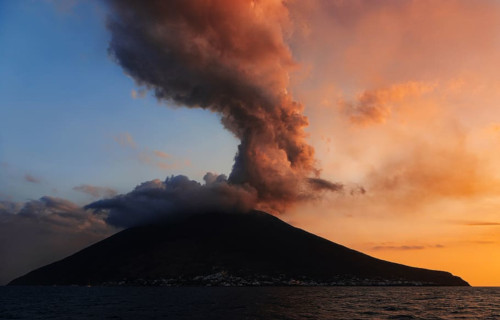
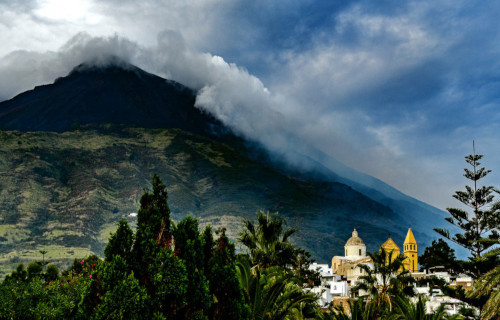









Leave a Reply